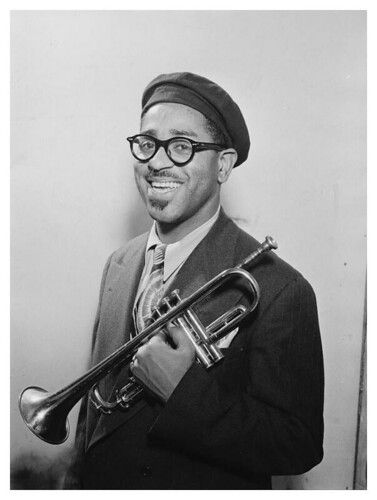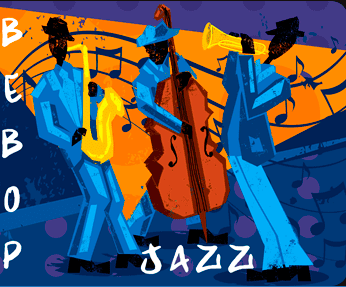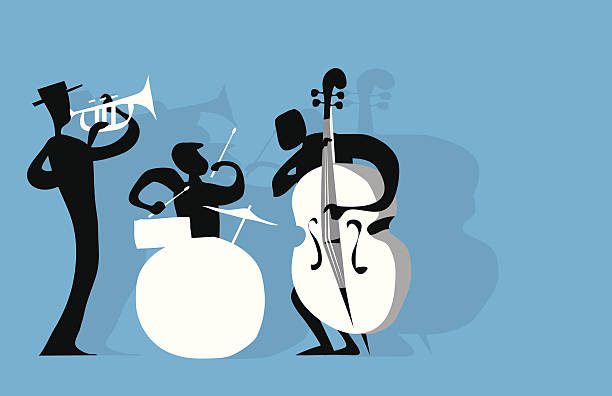
Introduction
The musical genre of Jazz first emerged within New Orleans during the 1920s, its musical components and performative practice becoming well-liked amongst various American communities. Jazz originated from the musical composition of Ragtime, its unsyncopated structure over time having a transformative translation to a new era of musical creation and entertainment. The migration of Jazz from the South to the North redefined cultural lifestyle practices, implementing a sense of self-will and cheerfulness amongst different communities.
Jazz Within The 1930's
As a result of the Great Depression in the 1930s, the American economy suffered, the unemployment rate increased, and a majority of the industries suffered tremendously, especially within the music industry. Subsequently, Jazz musicians struggled to find a means of income that satisfied the realms of their passion within the first half of the 1930s. Though Record Labels and musical businesses were falling, the musical genre of Jazz remained resilient.
Within the mid-1930s, the concepts within the musical art form of Jazz began to become more diverse and acceptable to other forms of musical adaptations. Through the massive development of Jazz and its growth of popularity amongst American communities, the Music Industry could no longer invalidate Jazz as a genre; they began to welcome this “seductive” and “wild” musical practice. And through this acceptance, American citizens began to pack themselves within dancing halls and dance to the music of big bands, known as Swing, in future years. Big Bands or Performers would now accommodate their sound to an intensive upbeat for their audience, attracting crowds with their intensity, playing fast and loud Blues riffs, and incorporating Soloist.
The following is notable Musicians and Songs within that time period:
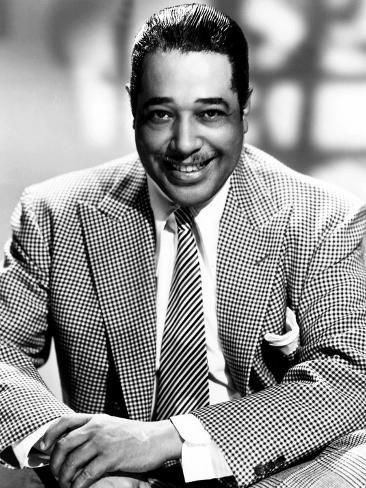

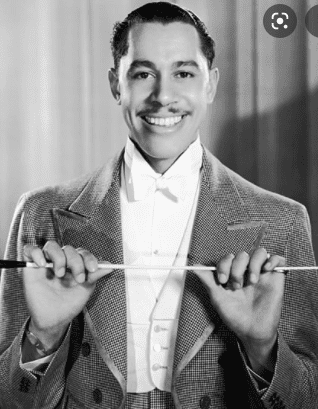
Duke Ellington
Fletcher Henderson
Cab Calloway
Jazz In The 1940s
Within the 1940s, Jazz now began to embody various components that reflected a different artistic sound and expression that had more composure and maturity. New and emerging Jazz musicians began experimenting with melodic and harmonic dissonance and rhythmic alterations, essentially lessening the use of Swing and establishing a more advanced musical construct known to be Be-Bop. Typically Be-Bop had individually; it had faster speeds and more unison playing between the melody instruments. Be-Bop quickly became popularized amongst the public and eventually took over the Jazz scene.
The following is notable Musicians and Songs within that time period –

